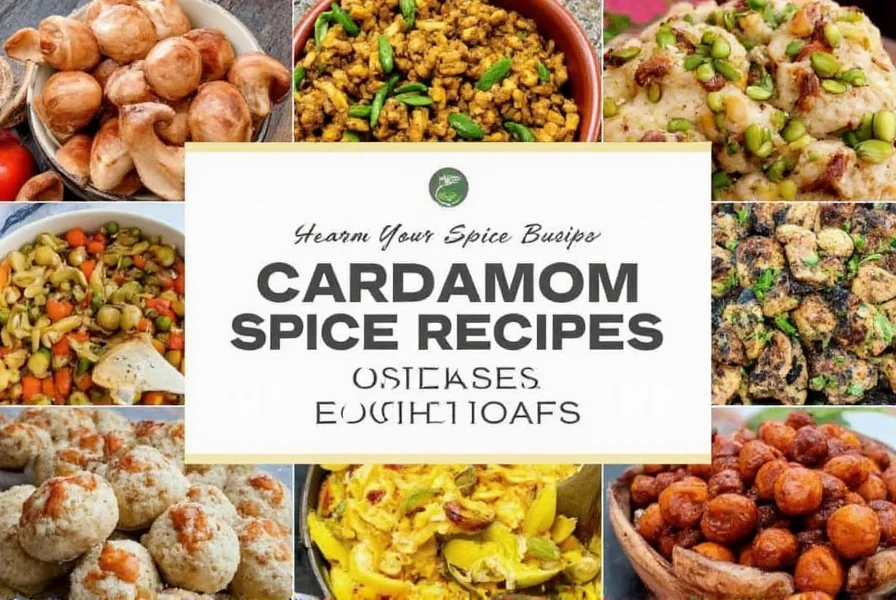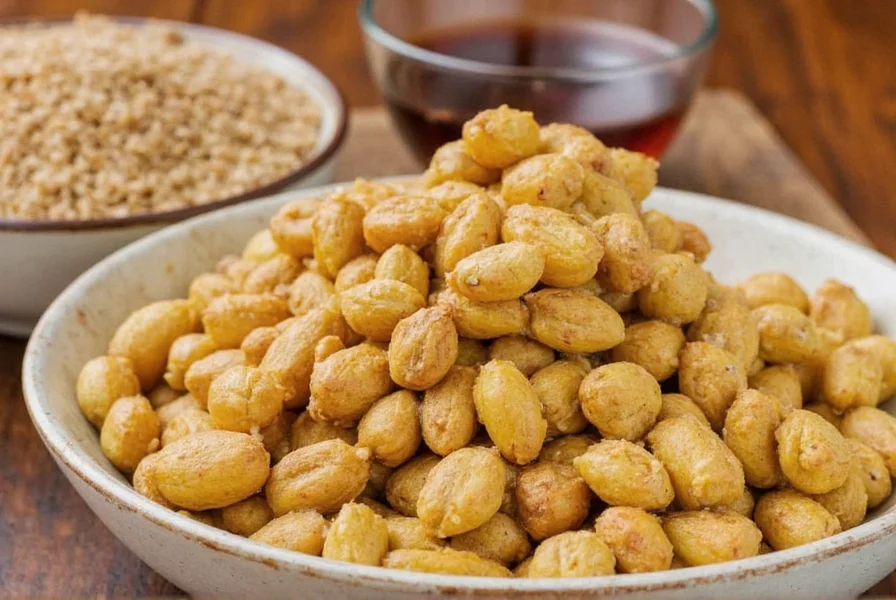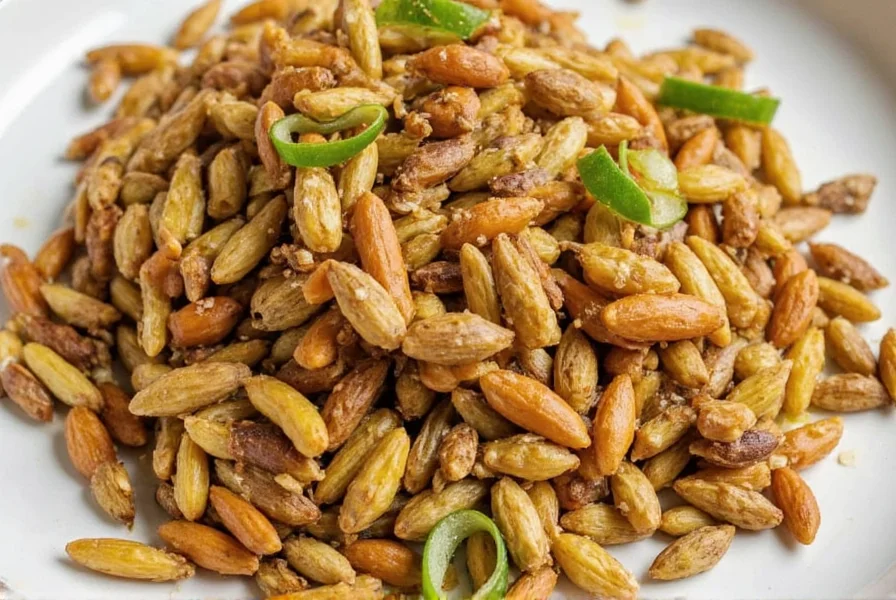Cardamom, often called the “Queen of Spices,” has been treasured in global cuisines for centuries. This versatile spice adds complexity to everything from morning coffee to holiday desserts. Understanding how to properly incorporate cardamom into your cooking can transform ordinary recipes into extraordinary culinary experiences.
Understanding Cardamom Varieties and Their Culinary Uses
Not all cardamom is created equal. The two primary varieties offer distinct flavor profiles that work best in different applications. Green cardamom (Elettaria cardamomum) features bright, citrusy notes perfect for sweet applications, while black cardamom (Amomum subulatum) delivers smoky, menthol-like flavors ideal for savory dishes. When selecting cardamom, look for plump pods with intense fragrance – a sign of freshness and potency.
| Cardamom Type | Flavor Profile | Best Recipe Applications | Substitution Ratio |
|---|---|---|---|
| Green Cardamom Pods | Citrusy, floral, slightly sweet | Baked goods, desserts, coffee, chai | 1 pod = 1/4 tsp ground |
| Ground Green Cardamom | Milder, less complex | Quick breads, cookies, spice blends | 1/4 tsp = 1 pod |
| Black Cardamom | Smoky, camphorous, earthy | Curries, rice dishes, stews, braises | 1 pod = 1/8 tsp ground |
Mastering Cardamom in Your Kitchen
For optimal flavor extraction, toast whole cardamom pods in a dry skillet for 1-2 minutes until fragrant before grinding. This simple technique enhances the spice's natural oils and creates more complex flavor compounds. When using ground cardamom, add it toward the end of cooking to preserve its delicate aroma. Cardamom pairs exceptionally well with citrus, cinnamon, cloves, nuts, and dairy products, making it versatile for both sweet and savory applications.
Many home cooks make the mistake of using pre-ground cardamom exclusively, which loses potency quickly. For authentic cardamom spice recipes, always start with whole pods when possible. Store unused pods in an airtight container away from light and heat to maintain freshness for up to six months. Proper storage preserves the volatile oils that give cardamom its distinctive character.
Classic Cardamom-Infused Recipes Worth Trying
Scandinavian baking traditions showcase cardamom's sweet applications beautifully. Traditional Swedish kardemummabullar (cardamom buns) feature the spice in both the dough and the filling, creating a delicate floral note that complements the sweet yeast dough. For an authentic experience, use freshly ground cardamom rather than pre-ground spice to achieve the characteristic aroma that defines these beloved pastries.

In Indian cuisine, cardamom plays a starring role in masala chai. The classic preparation involves simmering black tea with fresh ginger, cinnamon, cloves, and both green and black cardamom pods. The spice blend creates a complex, aromatic beverage that balances warmth with subtle sweetness. For the most authentic cardamom spice recipes in Indian cooking, crush the pods slightly before adding to release their essential oils.
Middle Eastern rice dishes often incorporate cardamom for its ability to enhance savory flavors without overpowering them. A simple Persian polo (rice dish) might include whole cardamom pods, cinnamon sticks, and saffron threads layered with basmati rice. As the rice steams, the cardamom infuses the grains with its distinctive flavor, creating a fragrant side dish that complements grilled meats and stews.
Innovative Cardamom Applications for Modern Cooking
Contemporary chefs are finding exciting new ways to incorporate cardamom into unexpected dishes. Try adding a pinch of ground cardamom to chocolate desserts for a sophisticated flavor twist – the spice enhances cocoa's natural fruitiness while adding complexity. Cardamom also works beautifully in fruit compotes, particularly with stone fruits like peaches and plums, where its floral notes complement the fruit's natural sweetness.
For savory applications, consider using cardamom in spice rubs for roasted vegetables or proteins. A Middle Eastern-inspired lamb rub might combine ground cardamom with cumin, coriander, and sumac for a complex flavor profile. Cardamom also shines in creamy sauces – try infusing heavy cream with cardamom pods before making a sauce for roasted chicken or vegetables.

Cardamom Substitution Guide and Common Mistakes
When cardamom isn't available, certain substitutions can work in a pinch, though none perfectly replicate its unique flavor. For green cardamom, a blend of equal parts cinnamon, nutmeg, and cloves can provide a similar warmth, though without the citrus notes. For black cardamom, a small amount of smoked paprika combined with regular cardamom can approximate the smoky quality.
Avoid the common mistake of using too much cardamom, which can create an overpowering medicinal flavor. Start with small amounts – typically 1/4 to 1/2 teaspoon of ground cardamom per recipe – and adjust to taste. Remember that cardamom's flavor intensifies as it cooks, so add it gradually when preparing dishes that require extended cooking times.
Preserving Cardamom's Delicate Flavor
To maximize cardamom's potential in your cooking, add ground spice during the final stages of preparation. For whole pods, add them early in the cooking process to allow sufficient time for flavor extraction, but remove them before serving. When making baked goods, fold cardamom into the batter at the end of mixing to prevent the heat from degrading its volatile compounds during preparation.
For the most vibrant cardamom flavor in beverages like coffee or tea, crush the pods slightly before steeping. This releases the essential oils while preventing the spice from becoming bitter. Cardamom-infused simple syrups make excellent additions to cocktails and desserts, preserving the spice's delicate aroma while providing consistent flavor.
Final Thoughts on Cardamom Cooking
Mastering cardamom in your kitchen opens doors to diverse global cuisines and creative flavor combinations. Whether you're exploring authentic Middle Eastern cardamom recipes or experimenting with modern applications, this versatile spice rewards careful handling and thoughtful incorporation. Start with small amounts, prioritize freshness, and don't be afraid to experiment with both traditional and innovative cardamom spice recipes to discover your personal favorites.











 浙公网安备
33010002000092号
浙公网安备
33010002000092号 浙B2-20120091-4
浙B2-20120091-4